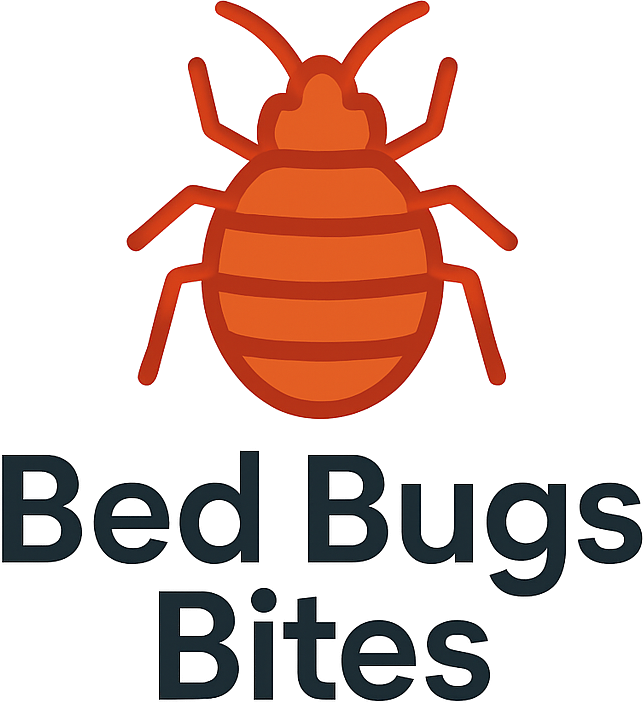Bed bugs are one of the most annoying and hard-to-get-rid of household pests in the United States. To make things even worse there are several different types of bed bugs causing infestations across the country. Understanding the different types of bed bugs and their characteristics is not just necessary for proper identification, it’s the only way you can come up with effective treatment strategies.
The Primary Bed Bug Species in America
In the United States, the most common type of bed bug is Cimex lectularius, also known as the common bed bug. This species has adapted very well to human environments and can be found all over the country in temperate climates. Adult common bed bugs are about the size of an apple seed, measuring 5-7 mm or 3/16 to 1/4 inch long and have flat, oval-shaped brown bodies that turn balloon-like and reddish-brown after they eat. These parasites are considered “true bugs” because they have distinctive bug characteristics including a three-part beak, four-part antennae, non-functional wings, and short golden-colored hairs.
https://www.epa.gov/bedbugs/bed-bugs-appearance-and-life-cycle
A second species, Cimex hemipterus, known as the tropical bed bug, also lives in the United States, but is manly found in tropical regions. This species shares many characteristics with the common bed bug but has adapted to warmer climates and also infests poultry and bats in addition to people. About 40 million years before humans evolved, these two species split off from each other. This history shows their long-standing relationship with mammalian hosts.
https://en.wikipedia.org/wiki/Bed_bug
Regional Variations and Related Species
People in Pennsylvania and other northeastern states may also come across the Eastern bat bug (Cimex adjunctus), which is another important species in the Cimicidae family. Bat bugs are ectoparasites that prefer to feed on bats and birds but will feed on humans when their preferred hosts are unavailable. These parasites are most often found in attics or walls where bats live, making them a big problem for homeowners dealing with bat infestations.
https://extension.psu.edu/biology-habitat-and-management-of-bed-bugs
The United States is home to six types of bed bugs that feed on mammals and birds. Thankfully, most of these bed bugs are not usually found inside of people’s homes. Other species include Cimex pilosellus and Cimex pipistrella, prefer to infest bats, and Haematosiphon inodora, a North American species that mainly targets poultry.
Physical Characteristics and Life Stages
All bed bug species go through the same five immature nymph stages before reaching sexual maturity. Young bed bugs, or nymphs, are much smaller and translucent or whitish-yellow in color. When they are not fed, they are impossible to see as they are nearly invisible to the naked eye. The life cycle of bed bugs includes eggs that are very small(about 1mm), pearl-white in color, and marked by an eye spot if more than five days old.
No matter the species, adult bed bugs are characterized by their flat, reddish-brown oval bodies that have no functional hind wings. The front wings are vestigial and have shrunk down to pad-like structures. This prevents them from flying but lets them crawl rather quickly. When they are active and warm, their movements are almost ant-like, and when you crush them, the smell is quite rancid.
Behavioral Patterns and Habitat Preferences
No matter the species, bed bugs have a lot of the same behavioral patterns that make them effective parasites. They are primarily nocturnal; they prefer to hide during daylight hours and emerge at night to feed on sleeping hosts. These pests use carbon dioxide, warmth, and moisture to locate their next meal, typically feeding on exposed areas such as the face, neck, arms, and hands. Their saliva contains anticoagulants and anesthetics that prevent hosts from feeling the bite while they are feeding.
Mattress seams, bed frames, bedside furniture, wallboards, door and window frames, and places behind pictures or under loose wallpaper are all typical hiding places for bed bugs. They prefer surfaces made of wood, paper, and fabric but can adapt to stone, metal, or plaster environments.
Distribution and Spread
Bed bugs have shown that they can adapt to many different environments. They can now be found throughout the United States, from five-star luxury hotels to residential homes. Bed bugs can live in clean and dirty environments, so the cleanliness of a place does not actually matter. Long-distance spread usually happens through infested objects like bedding, furniture, luggage, and clothing. This makes travelers particularly susceptible to transporting these parasites from one location to another.
https://www.cdc.gov/bed-bugs/about/index.html
Knowing about the different types of bed bug and wat makes them unique helps homeowners and pest control experts come up with more effective control strategies. This helps make it easier to get rid of them as the approach is tailored to the specific type of infestation they are confronting.


